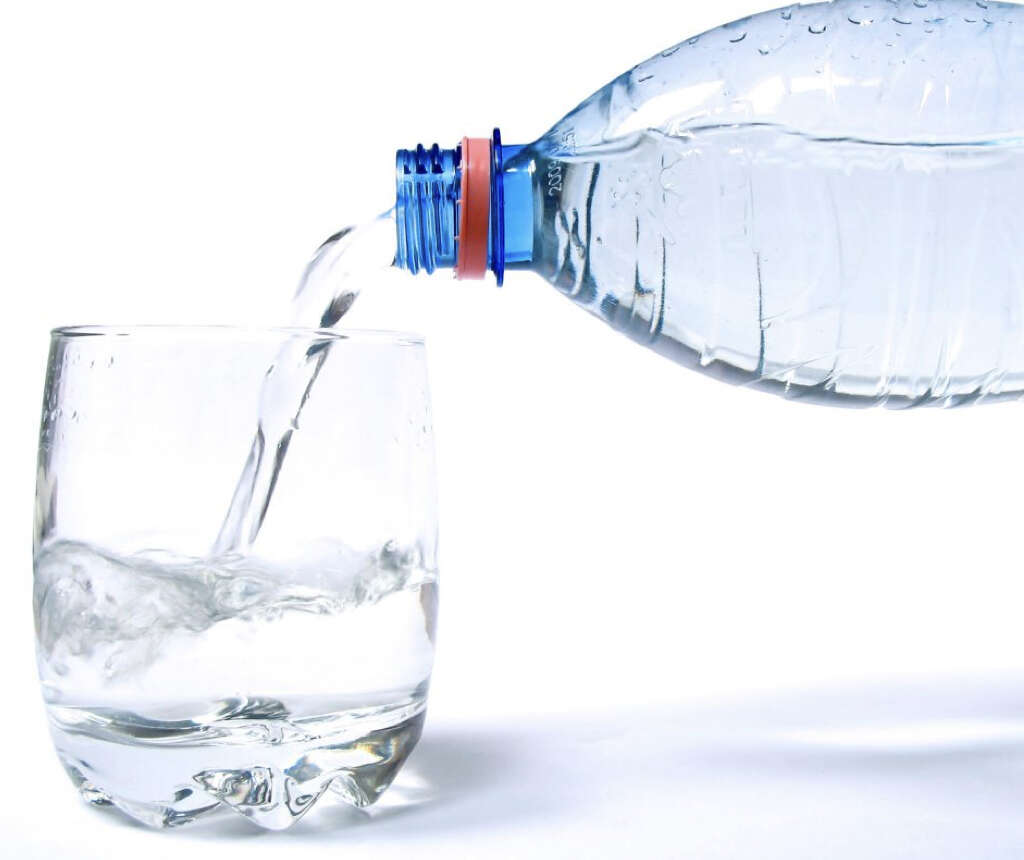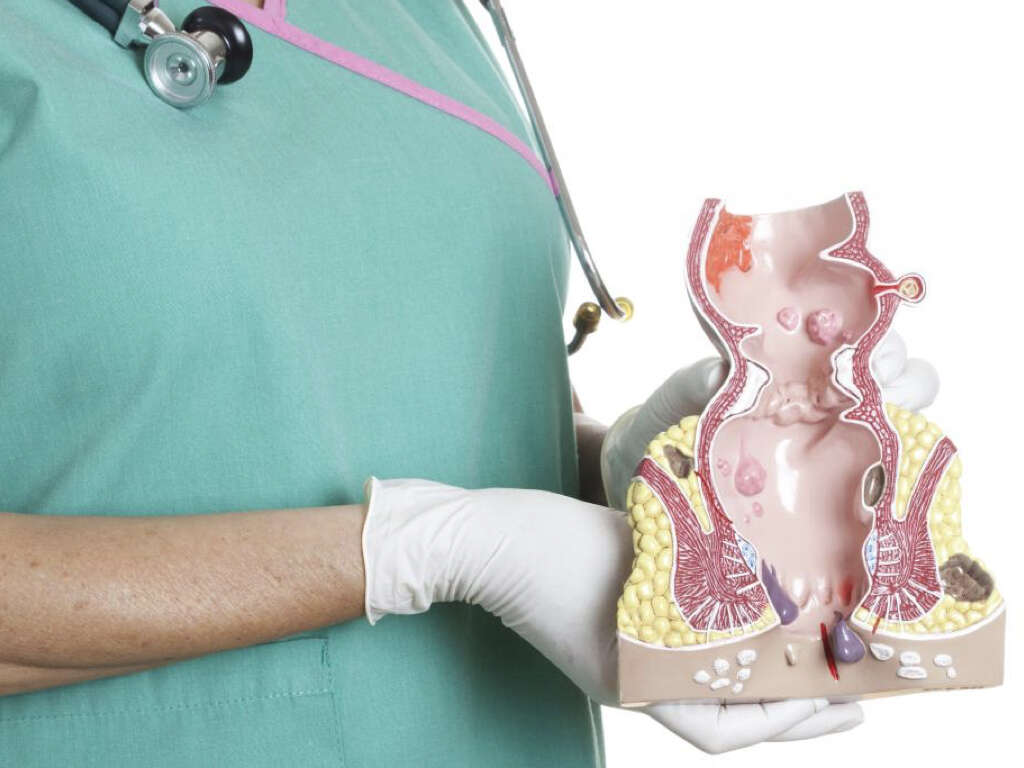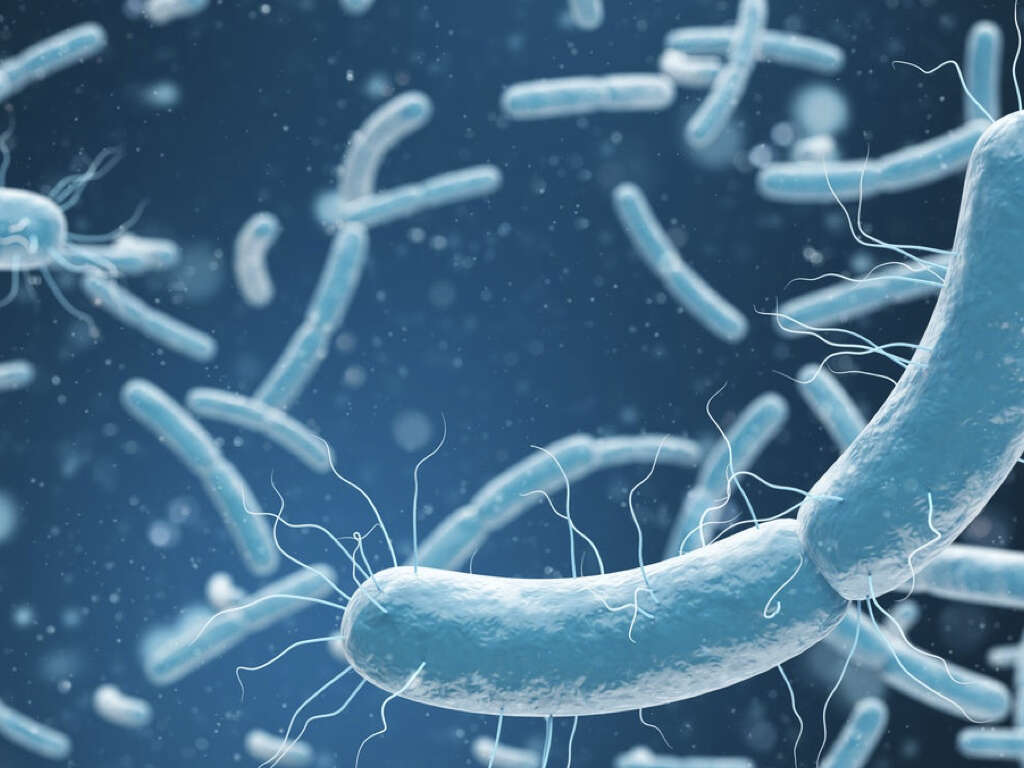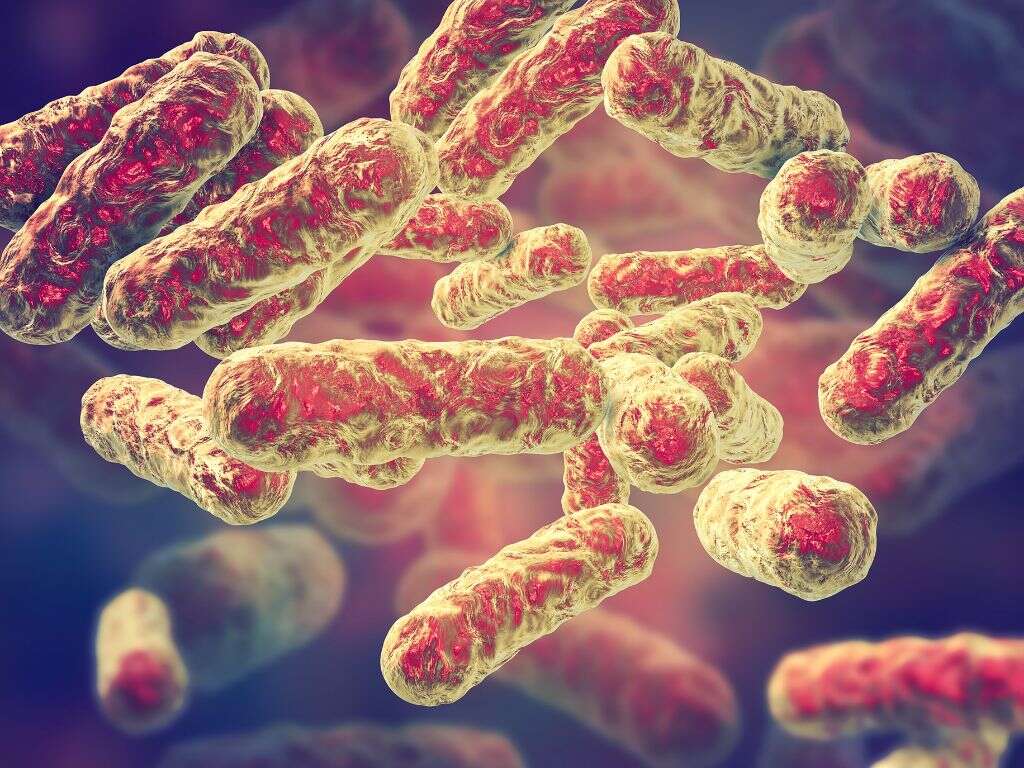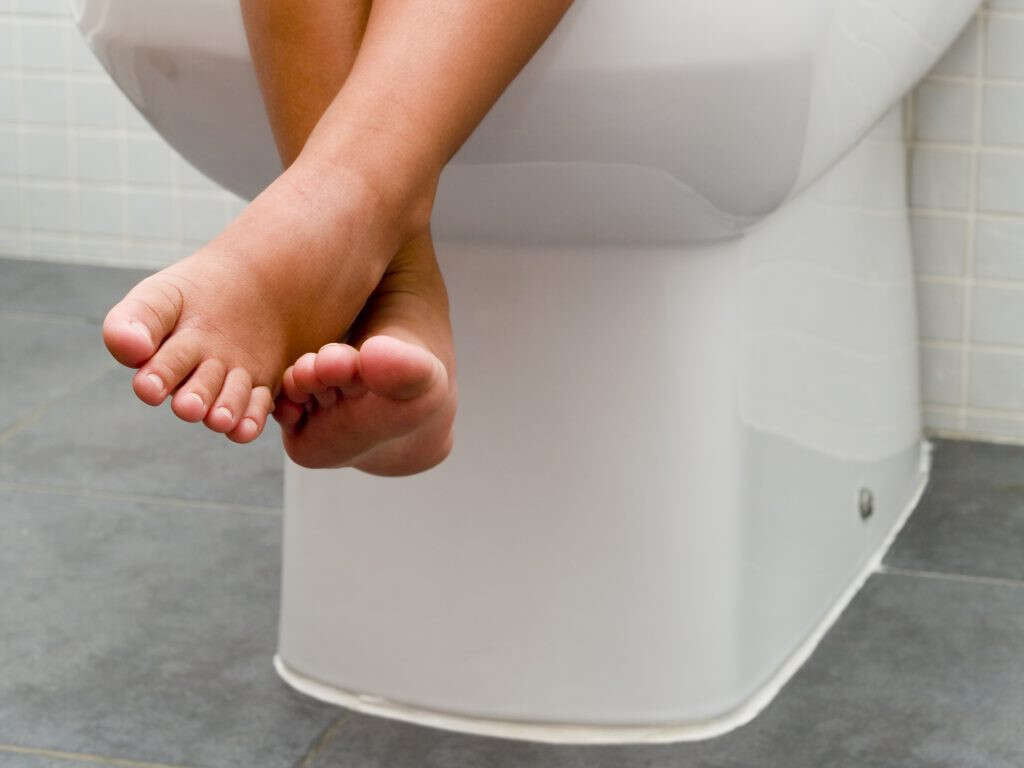What Is a Rotavirus Infection?
Viruses are not classified as living things by many experts. They are little more than tiny packages of RNA or DNA and they do not have the ability to reproduce themselves. Instead, they will use the cells of another living organism in order to start reproducing.
Many of the viruses that can infect us will make us ill but will otherwise do us little harm. One example of such a virus is the rotavirus, which will likely just make the patient feel ill for a few days. It can lead to serious complication in some cases, however, and vulnerable people should be monitored closely if they contract the virus.
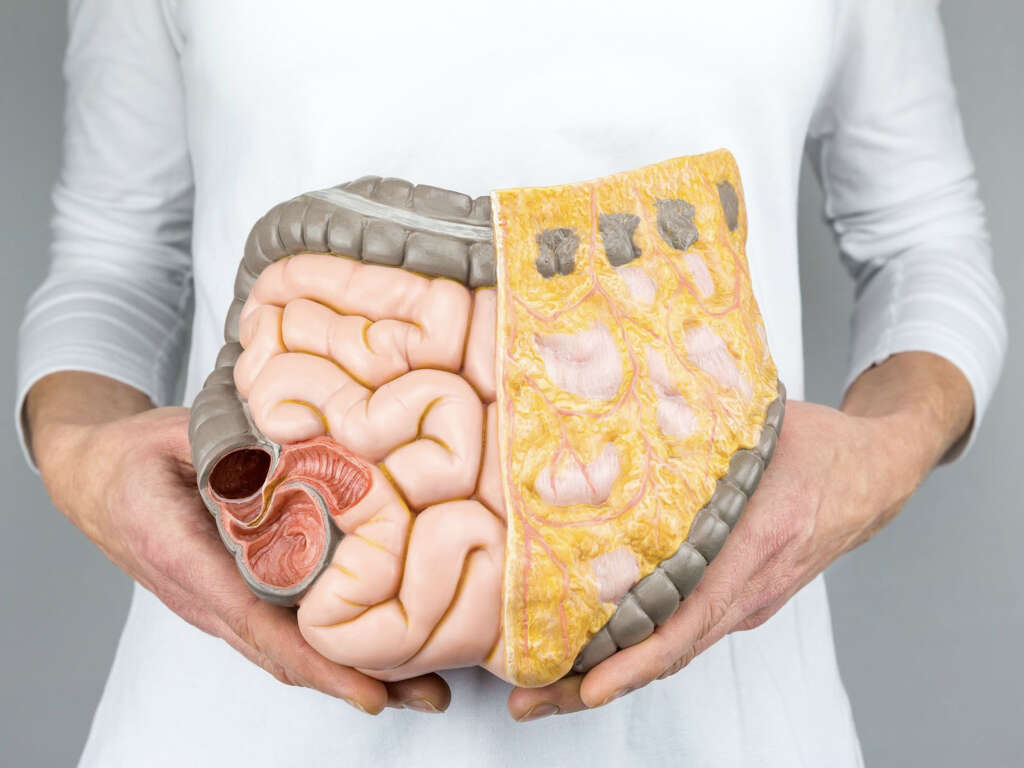
1. Rotavirus
Rotavirus us a common virus that is found in many parts of the world. It is very contagious, but a vaccine means that it is now much rarer than it used to be in developed countries. The virus will typically cause diarrhea in addition to some other unwelcome symptoms.
A rotavirus infection is usually quite mild, with the vast majority of patients making a full recovery. However, its highly contagious nature means there are many cases each year, with around 210,000 reported deaths each year. It is recommended that you speak with a doctor about a vaccine if you are travelling to parts of the world where the virus is prevalent.

2. Causes
The virus is spread by way of the stools of an infected person. In countries where hygiene standards are high and facilities are modern, it is unlikely that contaminated stools will lead to other people coming into contact with the virus. The same cannot be said in many other parts of the world, however.
One reason for the virus’s highly infectious nature is that it can survive for weeks on surfaces that are not sufficiently cleaned. There are also different types of rotavirus, and immunity to one type does not mean the patient is also immune to the other types. Even people that are vaccinated can still fall ill from another variety of the virus.

3. Symptoms
The symptoms of a rotavirus infection will usually only be mild, and many people with the disease will show no symptoms whatsoever. To begin with, the patient is likely to show vomiting and a fever. These symptoms are likely to show with 2 days of contracting the disease.
Then will come diarrhea, which will usually last for 3 to 8 days. Some patients will also complain of mild pain in the abdomen area. While the symptoms are usually only mild, vulnerable patients should be monitored for signs of dehydration, which has the potential to be dangerous for some people.
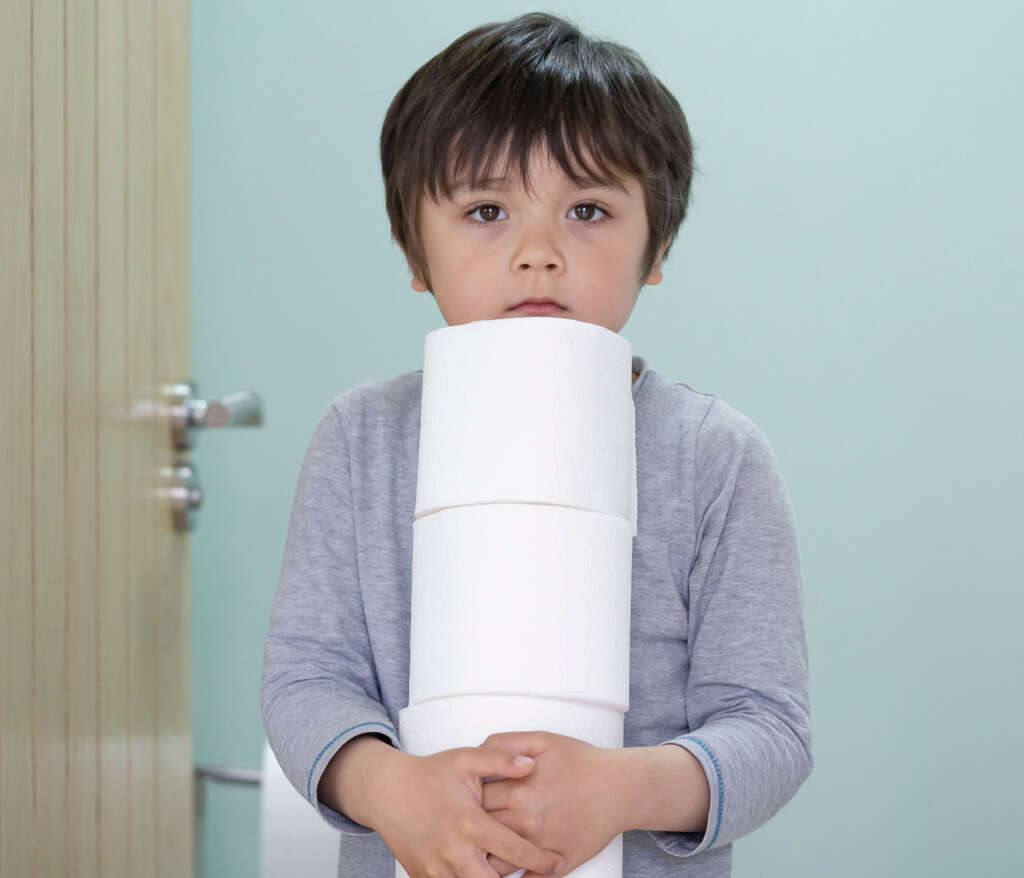
4. Serious Symptoms In Adults
As mentioned, a rotavirus infection will be only mild in the vast majority of cases. It should not be treated with complacency, however, and a doctor should be called if the patient starts to develop more severe symptoms. One of those symptoms is a high fever, while blood in the vomit and/or stools is a sure sign that medical assistance is needed.
If the patient is struggling to keep liquids down then they can easily become dehydrated. If the patient is dehydrated, they can develop a dry mouth, excess thirst, little urination, weakness, and lightheadedness. Severe dehydration is serious and should be treated as such in all cases.

5. Serious Symptoms In Children
Young children tend to be vulnerable to some diseases more so than adults, including diseases that are otherwise mild. While the vast majority of children will show only mild symptoms from rotavirus infection, it can be very serious for some. If the patient is vomiting excessively, for example, it’s a good idea to speak with a doctor.
Other symptoms to watch out for include stools that contain pus or blood, and stools that have a tar-like consistency. A high fever is another sign to watch out for, and there may also be a problem if the patient appears to be particularly irritable. If you do spot signs of dehydration in young child then you should tell a doctor as soon as you can.

6. Who’s At Risk
Rotavirus infections can occur in people of all ages. However, young and old people are in a higher risk group. Children between 35 months and 3 years old are in the highest risk bracket of all. This is especially the case in children that spend time in creches and other environments where there are many other children.
Adults that are taking care of infected children are also more likely to contract the disease. In addition, people living in areas where sanitary conditions are poor are in a high-risk group. People that have been vaccinated are among the least likely to fall ill from the virus.
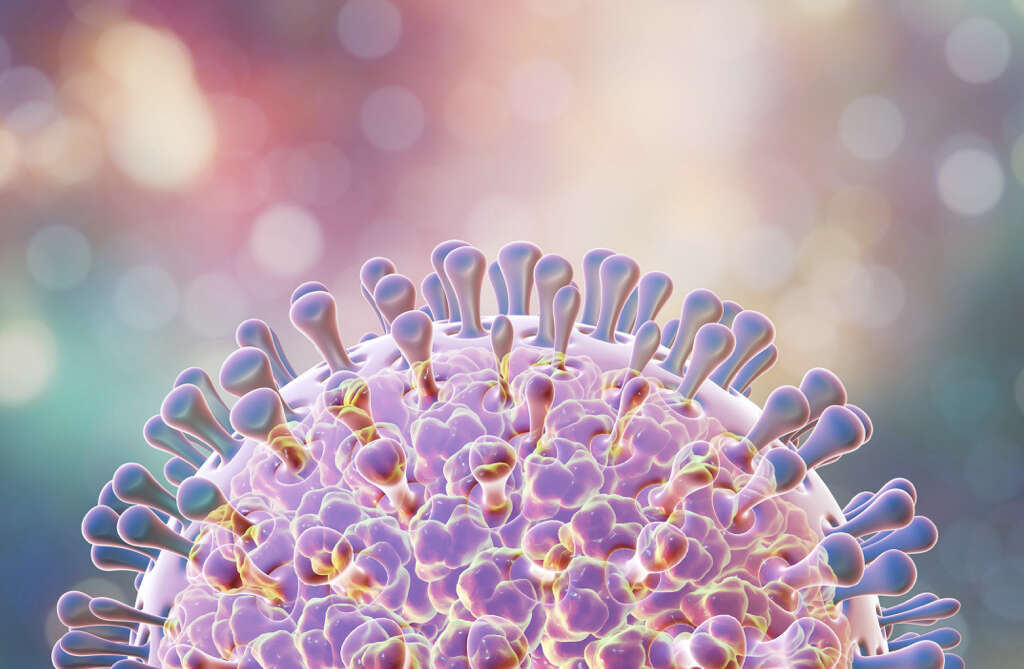
7. Complications
In addition to dehydration, another complication will arise in a very small percentage of cases. Rotavirus infections can sometimes cause intussusception, which means that part of the intestine has folded back into itself. The condition can cause the intestine to become blocked, preventing fluids and solids from passing through.
Although it is a very rare condition, children that have suffered from intussusception before are more likely to get it again should they become infected with the rotavirus again. It can be a very dangerous condition and it should be treated as soon as possible. Symptoms of the condition include, but are not limited to, blood in the stools, fever, and a lump in the abdomen.

8. Prevention
Rotavirus infections were preventable in many cases. Many cases arise simply because not enough care has been taken where hygiene is concerned. If people are not careful, contaminated feces can infect food and drinks, and also surfaces that other people may come into contact with.
One way to help prevent the spread of the virus is to wash your hands regularly. This is especially the case after using the bathroom. Making sure that surfaces are cleaned and disinfected will also help prevent other people from contracting the virus. There are also vaccines that are effective at protecting against the virus.

9. Diagnosis
A doctor will need to ask about your symptoms, as well as your medical history. They may also want to perform a brief physical examination. This is often enough for a doctor to make a diagnosis, but some will want to perform further tests to confirm what is causing the symptoms.
Testing typically involves asking the patient to provide a stool sample. The samples can then be sent to a laboratory to look for signs of rotavirus and other pathogens, which help to rule out other possibilities also. If the rotavirus is found in the patient’s stools then the diagnosis can be confirmed.

10. Treatment
As yet there is no treatment for a rotavirus infection directly, but the condition rarely needs treatment anyway. However, medications may be used to help limit the severity of the symptoms. Patients are generally asked to just take it easy for a few days and make sure that they tale on plenty of fluids.
Fluids are perhaps the most important treatment of all in order to help prevent dehydration. Rehydration salts can help to treat dehydration, while certain beverages should be avoided because they can make the problem worse. In serious cases, the patient may be admitted into a hospital where they can be put on an intravenous drip.
